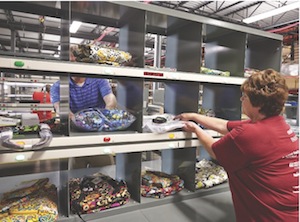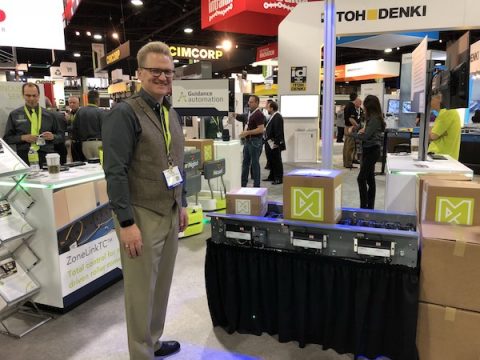
Tuggers, carts work together to increase productivity and ergonomics
Today’s tuggers and carts have evolved to the point where they can be flexibly engineered to support some, or all, of a manufacturing facility’s handling needs.
March 01, 2014
Manufacturing facilities are continuously looking to get lean while meeting the increasing expectations of consumers for mass customization of products. Couple those challenges with an aging workforce and—in many parts of the country—a difficulty attracting and retaining qualified workers, the resulting solution for some companies has been the implementation of a designed lean material flow system.
. . .
SIDEBAR
Specialized picking carts increase throughput in order fulfillment
Equipped with handheld radio-frequency (RF) scanners and voice- or light-directed picking technologies, these pick carts allow an operator to pick from stored inventory into labeled slots or bins engineered into the cart. “Because they support batch picks of multiple orders simultaneously, mobile picking carts dramatically increase picking speed by up to 200%, while improving worker ergonomics by reducing the number of trips through the warehouse,” says Bernie McCabe, sales force manager for Lightning Pick, a part of Matthews Fulfillment Systems.
For example, when the picker arrives at an assigned storage area, the cart’s light-directed picking modules indicate the picked items that should be distributed to each bin riding on the cart, McCabe says. To improve accuracy, items can be scanned to confirm the correct pick and placement in the right bin. “This cart-based batch picking process can increase picking speeds up to 40% over conventional, paper-based picking, and reduce travel by up to 70%—depending on the order profiles,” he says.
When the picks are completed and the cart is full, it can be pushed to the packing area. In larger operations, filled carts may be pushed to the end of the lane where it is then picked up by a tugger. The tugger tows several completed carts in a train to the packing where the orders are packaged for shipment.
. . .









